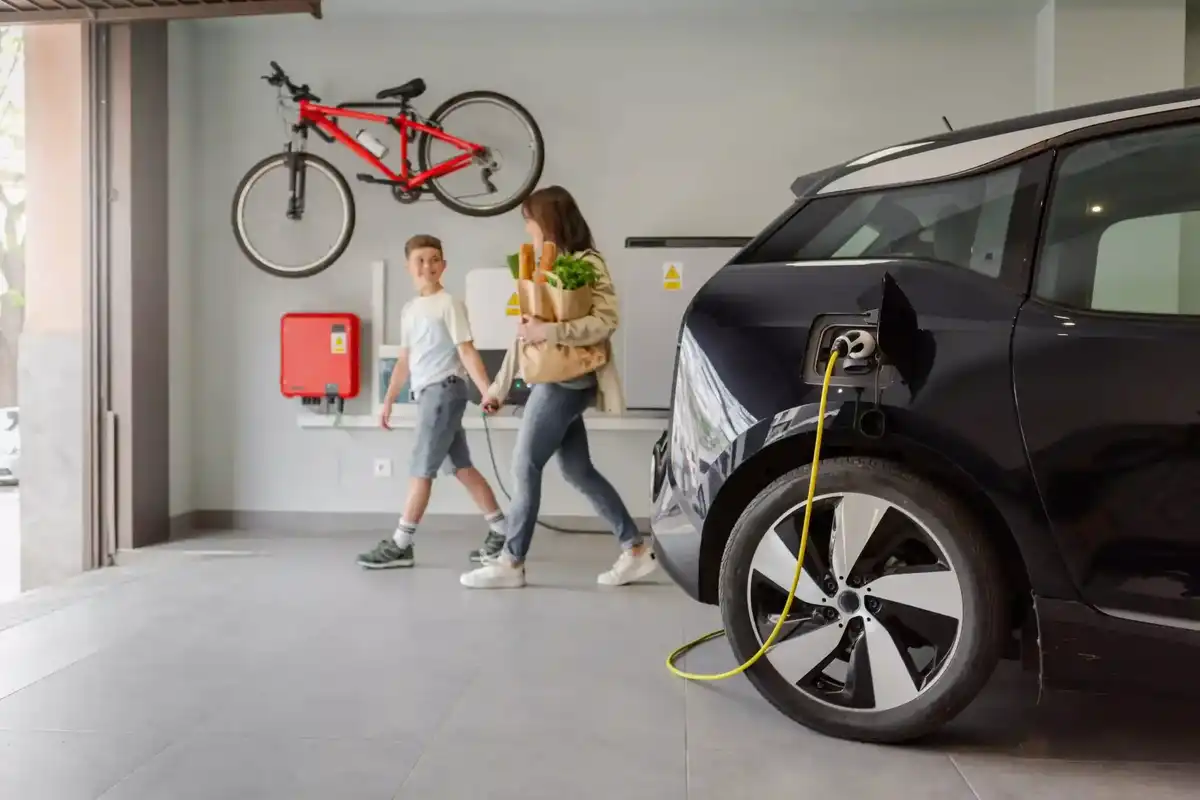Houston sustainability startup founders named winners for 2023 Entrepreneur of the Year awards
winner, winner
Houston’s Gaurab Chakrabarti and Sean Hunt, the founders of the transformative chemical manufacturing company Solugen, have been named EY’s US National Award winners for Entrepreneur of the Year.
Solugen, also recently named a finalist in the 2023 Houston Innovation Awards, is an environmentally friendly approach that relies on smaller chemical refineries that helps in reducing costs and transportation-related emissions.
Some of their noted accomplishments includes innovations like the proprietary reactor, dubbed the Bioforge, which is a carbon-negative molecule factory and manufacturing process produces zero wastewater or emissions compared with traditional petrochemical refineries.The Bioforge uses a chemienzymatic process in converting plant-sourced substances into essential materials that can be used instead of fossil fuels.
Chakrabarti and Hunt were originally named regional winners in this year's competition this summer along with nine other Houston entrepreneurs.
Founded in 2016 by Hunt and Gaurab Chakrabarti, Solugen has raised over $600 million from investors like Sasol that believe in the technology's potential. The company is valued at reportedly over $2 billion. Solugen is headquartered in Houston, not because it is the hometown of Chakrabarti, but for what Houston brings to the company.
“There’s no way our business could succeed in the Bay Area," Chakrabarti said in a 2023 interview at SXSW where he detailed the offers Hunt and he received to move the business out of state. “For our business, if you look at the density of chemical engineers, the density of our potential customers, and the density of people who know how to do enzyme engineering, Houston happened to be that perfect trifecta for us.”
Even though they are headquartered in Houston, Solugen recently secured plans to expand to the Midwest, as in November they announced its newest strategic partnership with sustainable solutions company ADM (NYSE:ADM) in Marshall, Minnesota. The partnership includes plans for Solugen to build a 500,000-square-foot biomanufacturing facility next to an existing ADM facility , with the two companies working together on producing biomaterials to replace fossil fuel products.
“The strategic partnership with ADM will allow Solugen to bring our chemienzymatic process to a commercial scale and meet existing customer demand for our high-performance, cost-competitive, sustainable products,” Chakrabarti said in a news release. “As one of the few scaled-up and de-risked biomanufacturing assets in the country, Solugen’s Bioforge platform is helping bolster domestic capabilities and supply chains that are critical in ensuring the U.S. reaches its ambitious climate targets.”
For Chakrabarti and Hunt, Solugen was born out of a 12-year friendship, and the journey began after a friendly card game. After an entrepreneurship contest at MIT, which earned them second place and a $10,000 prize, they invested the winnings to work on what would become Solugen, a proof-of-concept reactor with materials bought from a local home improvement store.
"We had a conviction that we were building something that could be impactful to the rest of the world,” Chakrabarti said at SXSW in 2023.
———
This article originally ran on InnovationMap.








 Air Liquide and Hyundai agreed to expand hydrogen refuelling networks, storage capacity and more at a meeting in Seoul last week. Photo courtesy Air Liquide.
Air Liquide and Hyundai agreed to expand hydrogen refuelling networks, storage capacity and more at a meeting in Seoul last week. Photo courtesy Air Liquide.
